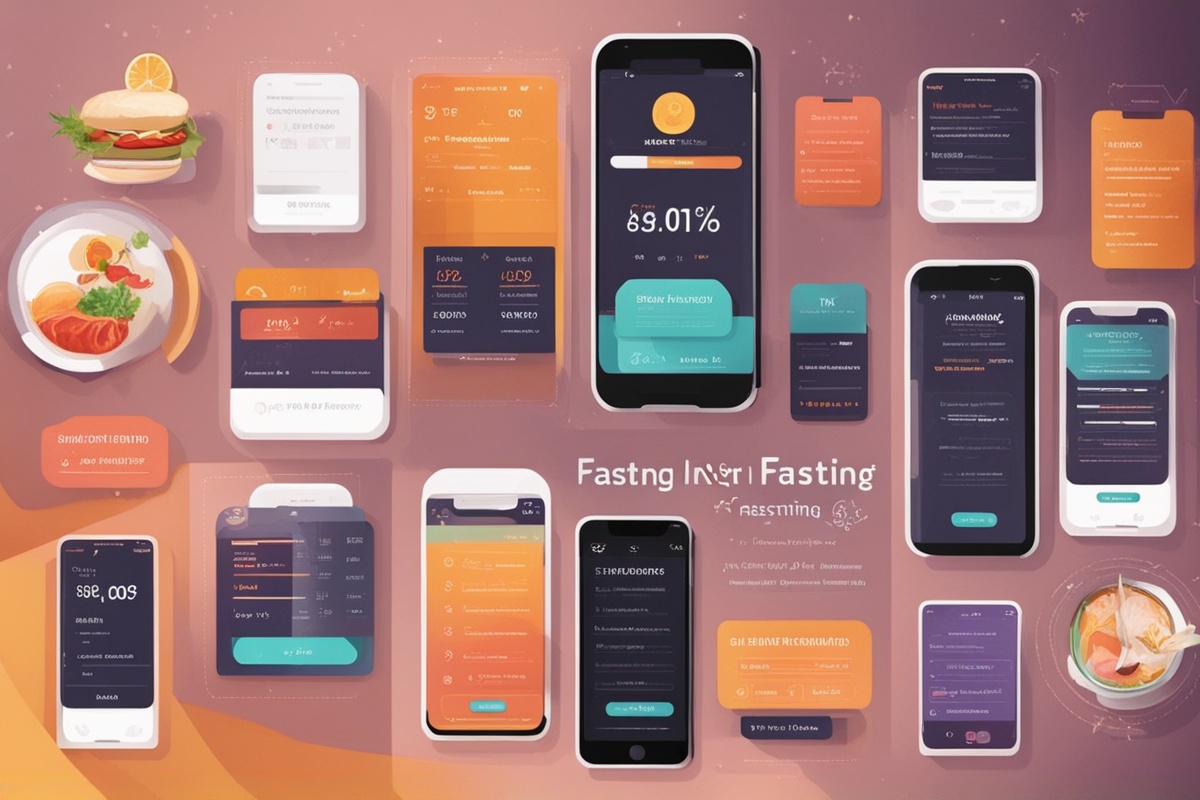Fasting has become a popular health and wellness trend, with millions of people adopting intermittent fasting (IF) as a way to improve their physical and mental well-being. Whether you’re a beginner or a seasoned faster, tracking your fasting progress is crucial to staying consistent and achieving your goals. Fortunately, technology has made this easier than ever with a variety of apps and tools designed to help you monitor your fasting journey. In this post, we’ll explore the best tools to track fasting, diving into their features, benefits, and how they can support your fasting routine.
Why Tracking Fasting is Important
Tracking your fasting schedule helps you stay accountable and ensures you’re following your chosen fasting protocol, whether it’s the 16:8 method, 5:2 diet, or alternate-day fasting. Without proper tracking, it’s easy to lose sight of your eating windows or overeat during non-fasting periods. The best tools to track fasting provide reminders, progress insights, and sometimes even community support to keep you motivated. By logging your fasts, you can also identify patterns in your energy levels, hunger cues, and overall health, making adjustments as needed.
Top Features to Look for in Fasting Tracking Tools
Not all fasting apps and tools are created equal. When searching for the best tools to track fasting, consider the following features:
- User-Friendly Interface: The app should be easy to navigate, even for beginners.
- Customizable Fasting Plans: Look for tools that allow you to set personalized fasting schedules.
- Progress Tracking: Visual graphs or statistics to monitor weight loss, fasting streaks, or other health metrics.
- Reminders and Notifications: Alerts to start or end your fast can help you stay on track.
- Integration with Other Apps: Syncing with fitness trackers or health apps like Apple Health or Fitbit adds value.
With these features in mind, let’s dive into some of the top tools available today.
Zero: A Leading App for Fasting Tracking
Zero is often hailed as one of the best tools to track fasting due to its simplicity and comprehensive features. This app offers a clean interface where users can choose from popular fasting protocols or create custom plans. Zero provides detailed insights into your fasting history, including streak tracking and estimated ketosis timelines. Additionally, it offers educational content about intermittent fasting, which is great for beginners. Zero also integrates with Apple Health and Google Fit, making it a versatile choice for tech-savvy users. If you’re looking for more insights on fasting apps, check out our post on Top Fasting Apps for 2023.
FastHabit: Simplicity Meets Effectiveness
FastHabit is another standout among the best tools to track fasting. This app focuses on simplicity, allowing users to start a fast with just one tap. It offers customizable fasting schedules and sends reminders to keep you on track. FastHabit also provides a calendar view of your fasting history, which is helpful for spotting trends over time. While it lacks some of the advanced features of other apps, its straightforward design makes it ideal for those who want a no-frills fasting tracker. For tips on starting intermittent fasting, read our guide on Intermittent Fasting for Beginners.
BodyFast: Personalized Fasting Plans
BodyFast takes a more personalized approach, earning its spot among the best tools to track fasting. This app creates tailored fasting plans based on your goals, whether it’s weight loss, improved energy, or better gut health. BodyFast also includes a built-in coach feature with weekly challenges to keep you motivated. The app tracks your progress with detailed statistics and offers a premium version with additional features like meal plans. If you’re curious about combining fasting with other health practices, explore our article on Fasting and Exercise: What You Need to Know.
Other Tools and Wearables for Fasting Tracking
Beyond dedicated fasting apps, other tools like wearables and fitness trackers can complement your fasting journey. Devices such as Fitbit or Apple Watch can monitor metrics like heart rate, sleep quality, and activity levels, which are often influenced by fasting. Some wearables even sync with fasting apps to provide a holistic view of your health. Additionally, journaling apps or simple spreadsheets can be used to manually track your fasting hours if you prefer a more hands-on approach. For a deeper dive into wearable tech for health tracking, check out our post on Best Wearables for Health Monitoring.
Disclaimer: The information provided in this article is for informational purposes only and should not be considered medical advice. Fasting may not be suitable for everyone, especially individuals with certain health conditions or those who are pregnant or breastfeeding. Always consult with a healthcare professional before starting any fasting regimen or using fasting tracking tools to ensure they align with your personal health needs.
References
- Harvard Health Publishing – Intermittent Fasting: Surprising Update
- Mayo Clinic – Intermittent Fasting: What You Need to Know
- NCBI – Effects of Intermittent Fasting on Health, Aging, and Disease
- WebMD – Intermittent Fasting Overview
- Johns Hopkins Medicine – Intermittent Fasting: What is it, and How Does it Work?
This content is for informational purposes only and not a substitute for professional advice.






